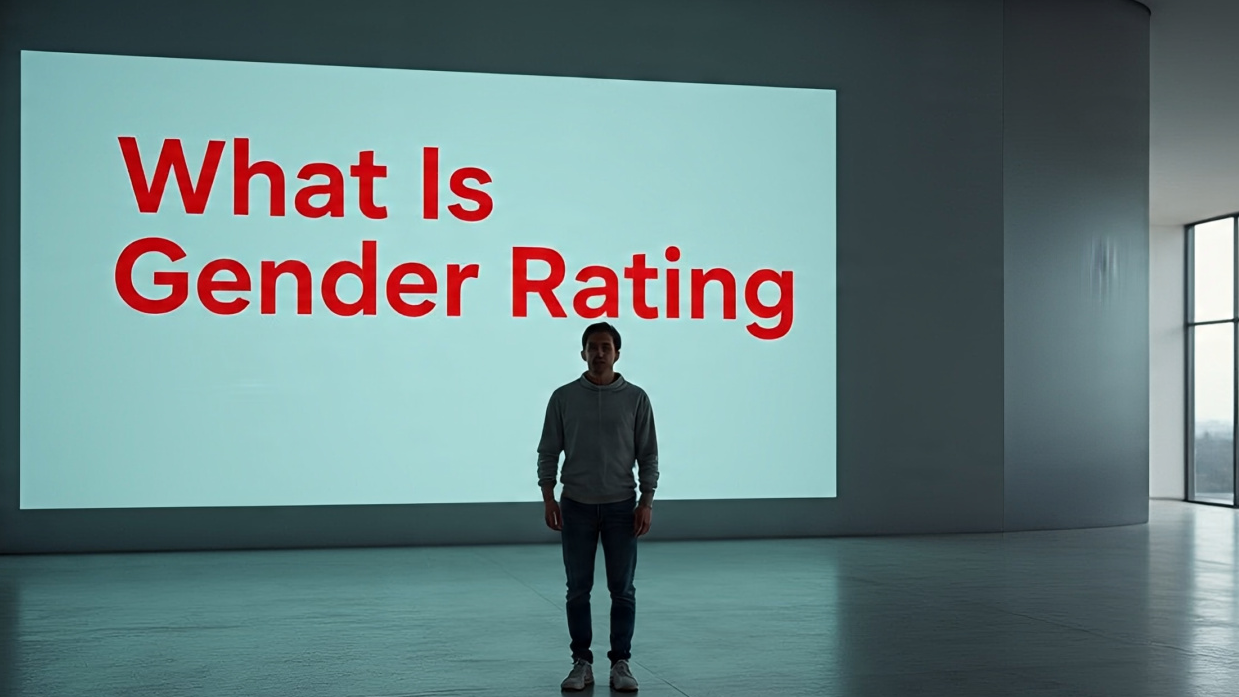gender based health premium plans: The price of health insurance depends on various factors such as age, area, medical history, gender, and so forth. One of them is gender, as men and women are not equally susceptible to health threats and medical concerns. These differences allow insurers to determine the probability of claims, which ultimately impacts the costs of the premiums.
Why Does Gender Affect Premiums?
There are differences between medical needs of men and women. As an example, women incur increased medical costs in child bearing events and maternity care as well as reproductive health care. As a 2014 survey by ASSOCHAM found, almost 42% of working women in India noted several chronic or lifestyle-related conditions such as back pain, high blood pressure, weight gain and depression. Such conditions make women more likely to make claims, which has forced insurers to pay a bit extra to women within some age groups.
In contrast, men are more likely to face more serious health problems in the later years of their life, including cardiovascular problems and stress-related disorders. This could lead to a rise in their premiums in older age groups. Simply, insurers charge premiums based on the gender health risks and the probability of anticipated medical costs.
Is the Difference in Premiums Significant?
The disparity on premiums between genders is present though is not always significant. Gender is only one of many factors that most insurers use to tailor plans according to more general risk factors (age, type of coverage, medical history). A few companies even provide women-focused or men-focused health insurance services to cater to unique health risks better.
What Is Gender Rating?
Gender rating is the concept of offering premiums at varying rates depending on whether the policy holder is male or a female. It is a type of risk-based pricing, in which insurers base their pricing on statistical data to determine claim risks. For example: Women of child bearing age are generally charged higher premiums.

Once they are over 60, the men might find themselves paying more as they are more vulnerable to the illnesses that come with old age.
Other Factors That Interact with Gender
Several factors magnify or reduce the role of gender in insurance pricing:
- Maternity: Plans covering pregnancy and related treatments usually carry higher premiums.
- Lifestyle: Women face unique health risks like cervical and breast cancer, while men above 50 are more vulnerable to lifestyle-related diseases such as heart ailments.
- Life Expectancy: Women typically live longer than men, which affects how insurers structure long-term policies and premium adjustments.
Regulations and Debates
Gender rating has been criticised as discriminatory since during their reproductive years, women are charged higher costs due to biological reasons that they cannot control. Critics believe that this type of pricing contradicts equality in health care access. Some countries, in turn, have prohibited or limited gender-based premium pricing in favor of equality.
In the eyes of the insurers though, the factor of gender is a statistically valid one. Premium removal causes companies to increase or decrease premiums depending on other variables, resulting in cross-subsidisation. When this happens, less risky groups would pay more to absorb the more risky ones.
Final Takeaway
Gender does influence health insurance premiums, however the difference is typically smaller than some may anticipate. Rather than dwelling on whether the policies are more expensive to men or women, it is better to consider overall coverage, benefits and appropriateness. Individual health needs, financial objectives and long-term coverage must always be considered when selecting the correct health insurance plan
Braj Verma is a resident of Rajgarh in Madhya Pradesh and is a content writer and freelancer by profession. He has a degree in Political Science from Barkatullah University, Bhopal. He has expertise in subjects like credit cards, banking, loan, insurance, political analysis and digital marketing.

